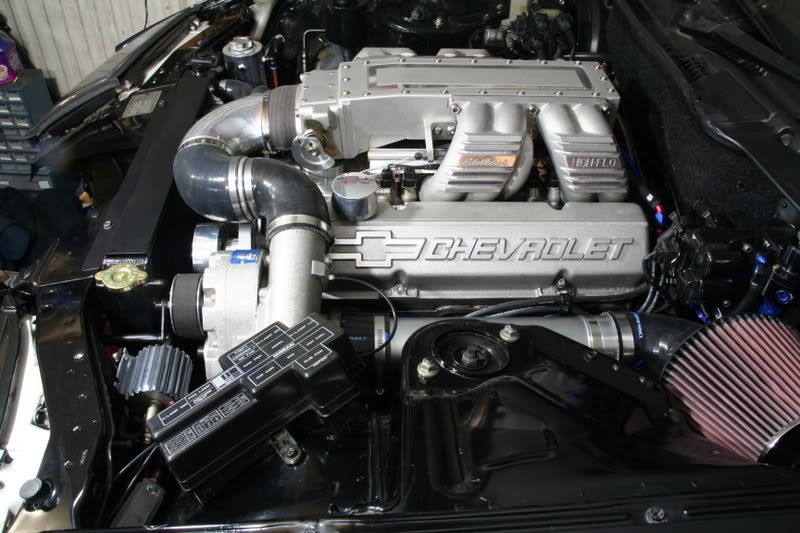Lakc, I realise I could get it to run using just a single carb, but the thing is, my hobby is engineering, and has been all my life. I tend to get interested in something, planes, helicopters, full size cars, telescopes, whatever, and I make something in each interest, then get bored and go on to the next thing.
I can't see me making another engine ever again, so I want to make something which satisfies me, which means it's got to be beautiful, perfect, cutting edge,etc. I'm just glad I came across this forum before I got too far into it because the bar has been set a lot higher than I'd imagined when I started.
It may turn out that injection isn't really a realistic proposition for this sized engine, but all the research and the input from forum members is all part of the fun, for me anyway. It's nice to talk to people who know what I'm talking about too, most people I know in person think I'm nuts!
Dieselpilot, I've got two options floating around my head at the moment. The most ipressive loking way would be to have 8 injectors firing into the manifold. I reckon they could be 6mm dia. and still look scale. I need to see how the full sized ones work and see if they can be scaled down.
If this isn't on then I reckon 2 x injectors hidden inside a plenum chamber could work. I'd still have to make them but it'd be a bit easier making them, say, 10mm dia.
I know it is possible as I've seen this amazing site with this bloke making a 1/4 scale Ferrari GP v10 engine.He's made some working injectors which fit inside a 3mm dia tube. His work makes my stuff look like Lego.
Google 'Ferrari V10 Tipo' and it all comes up.
Not heard from him for a year or so though, so he may have realised he's looking at a 20 year project!





